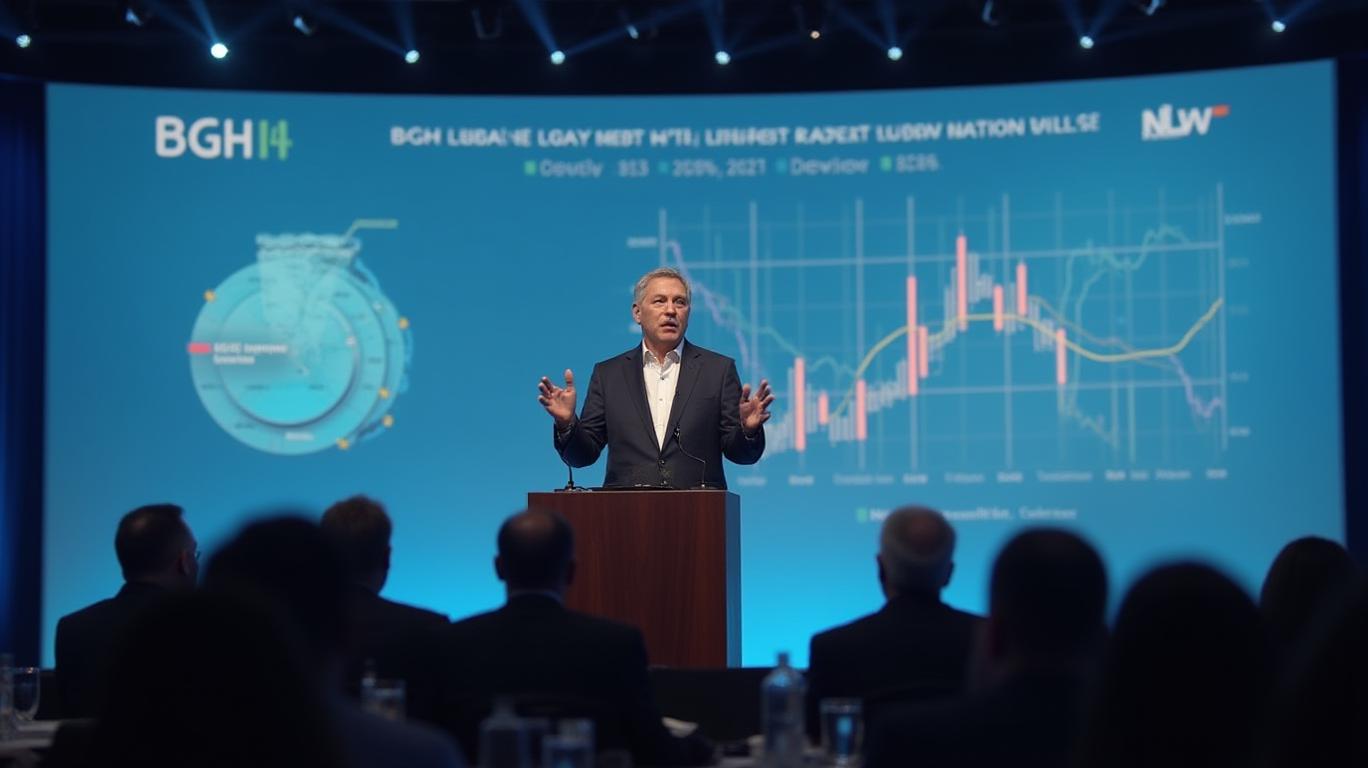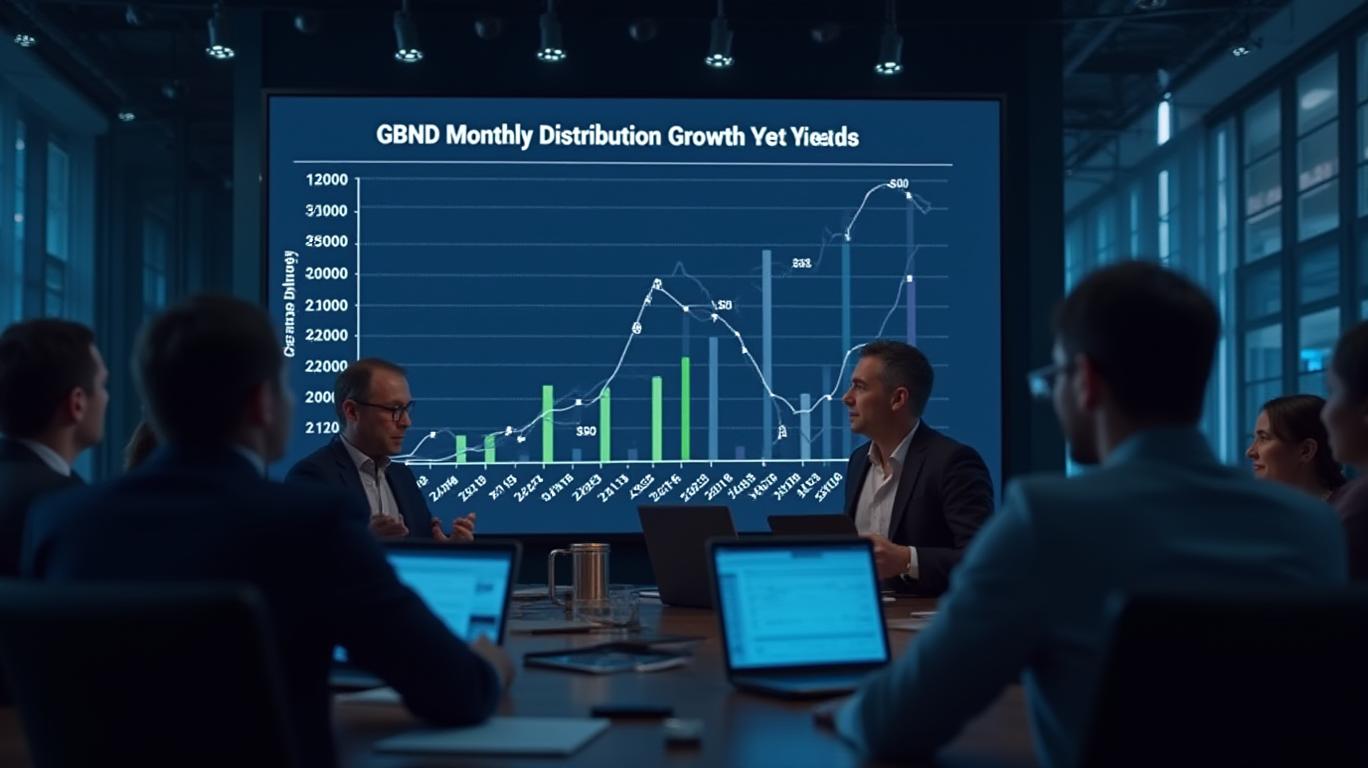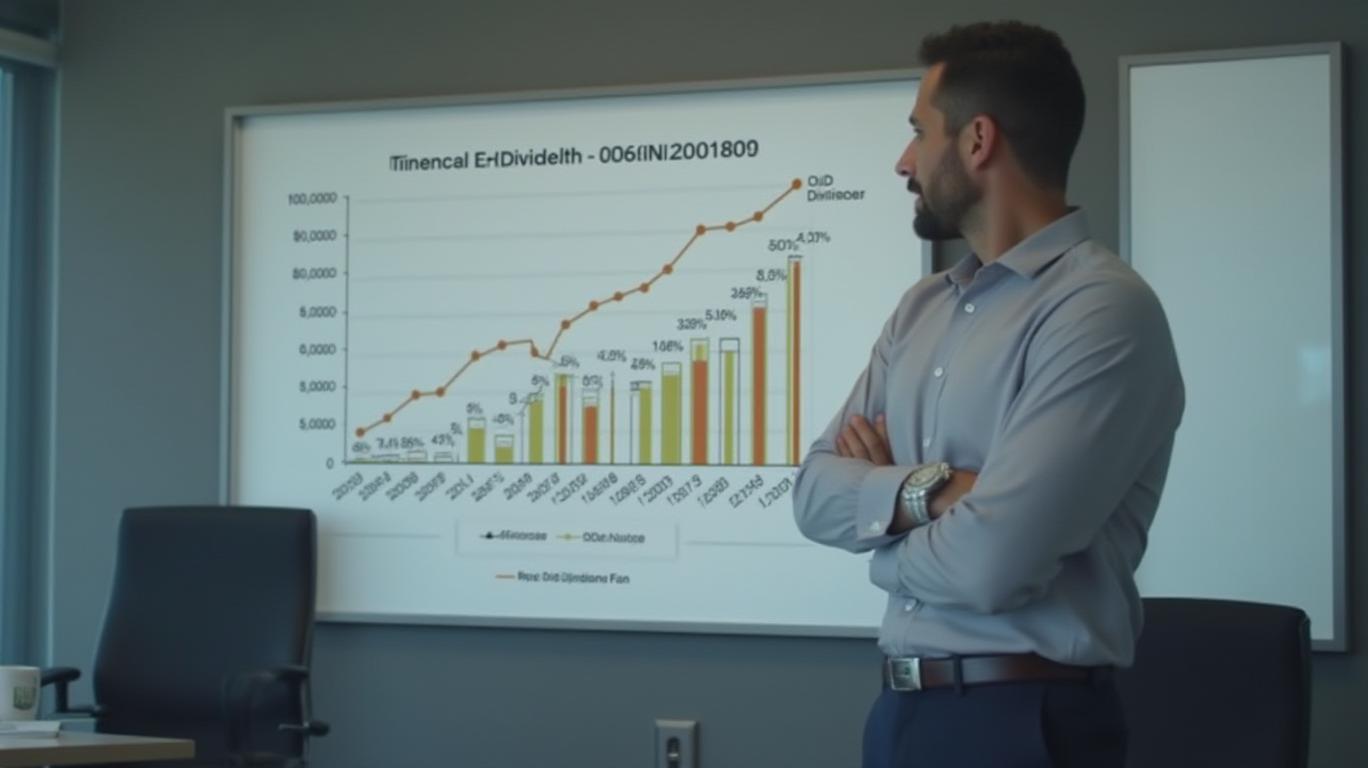Barings Global Short Duration High Yield Fund’s Steady May Dividend: A Beacon of Income Resilience in Rising Rates
Investors seeking income in a tightening rate environment face a critical challenge: how to secure high yields without sacrificing capital stability. The Barings Global Short Duration High Yield Fund (NYSE: BGH) has emerged as a standout solution, delivering a consistent $0.1223 monthly dividend in May 2025—a testament to its ability to navigate Federal Reserve uncertainty while preserving income sustainability. This article dissects the fund’s strategy, historical performance, and defensive edge, positioning it as a must-hold tool for income-focused portfolios in 2025.
The May 2025 Distribution: A Signal of Strategic Discipline
The fund’s May dividend of $0.1223 per share, payable in June, marks the third consecutive month of this distribution rate, underscoring management’s confidence in its short-duration, high-yield playbook. With an annualized yield of 10.26% (as of April 2025), BGH offers investors a compelling income stream that outpaces the Federal Reserve’s terminal rate projections of 5.1%-5.6%.
The fund’s ability to maintain this payout amid rising rates hinges on its three-pronged strategy:
1. Short Duration Leverage: A weighted average portfolio duration of ≤3 years (including leverage effects) minimizes exposure to interest rate volatility.
2. Global High-Yield Focus: Investments in North American and Western European bonds/loans exploit relative-value opportunities, such as pricing gaps between USD- and euro-denominated securities of the same issuer.
3. Credit Selection Rigor: A portfolio tilted toward secured obligations (34% of assets) and floating-rate instruments like second-lien loans and CLOs ensures income resilience even as rates climb.

Why Short Duration + High Yield = Rate-Hike Resilience
The Fed’s ongoing tightening cycle has created a precarious balance for income investors: yields rise, but bond prices fall as rates increase. BGH’s ≤3-year duration acts as a natural hedge against this inverse relationship. Unlike long-duration bonds, short-term instruments reinvest principal faster, reducing the risk of capital erosion.
Meanwhile, the fund’s high-yield focus (BB-rated and lower credits) delivers spread income—the premium paid over risk-free rates—which has historically thrived in rate-hike environments. As of April 2025, BGH’s leverage (27.36% of assets) amplifies returns while maintaining accretive net investment income, a rarity in a high-cost funding environment.
Historical Stress Tests: Outperforming During Fed Tightening
BGH’s strategy has been battle-tested during prior rate cycles. During the Fed’s aggressive 2022–2023 hikes, the fund’s NAV declined 12.88%, a shallower drop than the 19.98% decline of its benchmark, the HNDC Index. Over five years (through 2024), BGH delivered a 6.79% annualized return, outperforming the HNDC’s 4.08%.
Key drivers of this resilience include:
- Floating-Rate Exposure: Loans and CLOs, which reset coupons quarterly, rose 27.01% in 2024 as rates climbed.
- Credit Downgrade Mitigation: Barings’ global team targets secured obligations (e.g., senior loans) with 34% of assets, ensuring higher recovery rates in stressed scenarios.
- Geographic Agility: Overweighting the U.S. market (82.6% exposure) capitalized on stronger fundamentals, while Western Europe’s 15.4% stake balanced risk.
Risk Management: Navigating the Tightrope
No strategy is without risks. BGH’s 26.8% allocation to triple-C-rated securities introduces credit risk, though this is offset by Barings’ deep credit analysis and floating-rate structure. Currency risk in foreign holdings is hedged via natural diversification, while leverage—though elevated—is actively managed to avoid overextension.

A Portfolio’s Defensive Growth Engine
BGH is more than an income play—it’s a capital preservation tool. Its short duration acts as a shield against rate-induced volatility, while its high-yield exposure serves as a growth engine. For investors prioritizing stable cash flows, BGH’s May distribution reaffirms its role as a core holding in 2025.
Final Analysis: Act Now—Before Rates Tip the Scales
With the Fed expected to hold rates at elevated levels for an extended period, income investors must prioritize resilience. BGH’s 10.26% yield, ≤3-year duration, and proven outperformance during rate cycles make it a rare blend of defensive and growth attributes.
Act now: Secure a position in BGH before its May 20 ex-date (May 20, 2025) to lock in this month’s dividend. For portfolios needing income without sacrificing capital, BGH is a strategic necessity in an uncertain rate environment.


_442a2dcc1749832873286.jpeg)
_e68fac6d1749831664430.jpeg)





